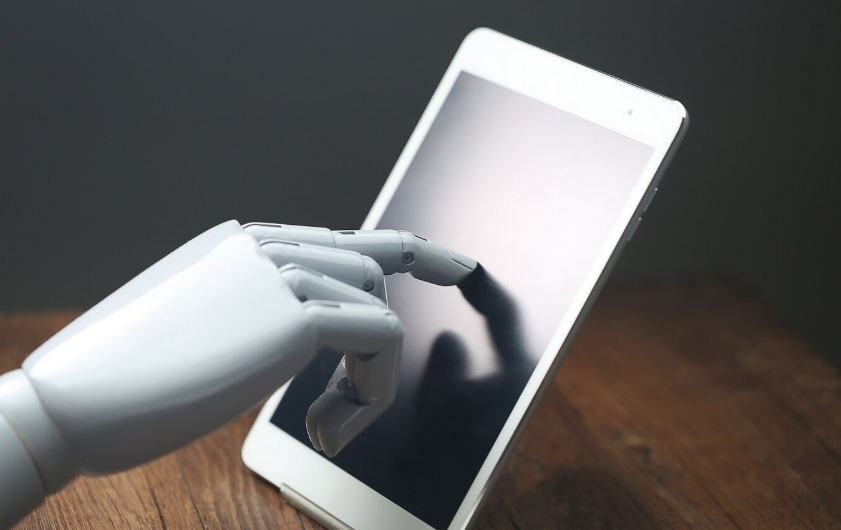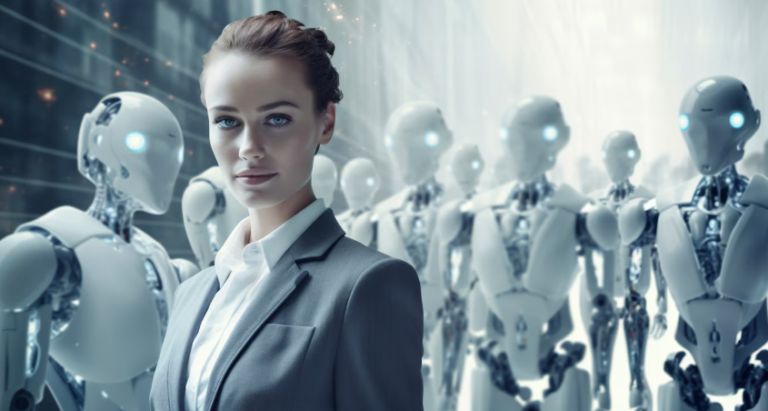The Invisible Hand of Algorithms: Who Really Controls Our Choices?
In a world increasingly driven by data, algorithms quietly dictate many aspects of our daily lives. From the content we see on social media to the prices we pay online, algorithms have become the invisible hand shaping our decisions. But as their influence grows, so do questions about who is really in control. Are these algorithms neutral tools, or are they subtly guiding us based on hidden agendas? Exploring the power of algorithms reveals not just technological marvels, but also ethical dilemmas and societal challenges.
What Are Algorithms, and Why Do They Matter?
At their core, algorithms are sets of instructions designed to solve problems or perform tasks. They power everything from Google’s search results to Netflix recommendations and Amazon’s product suggestions. Algorithms process massive amounts of data, identifying patterns to make predictions or decisions in milliseconds.
While they offer convenience and efficiency, algorithms are not inherently neutral. They are crafted by humans, influenced by the goals, biases, and assumptions of their creators. As they become more integrated into critical systems like healthcare, finance, and policing, the stakes grow higher, raising concerns about fairness, transparency, and accountability.
How Algorithms Influence Our Choices
1. Social Media and Content Consumption
Social media platforms like Facebook, Instagram, and TikTok use algorithms to decide which posts, videos, or ads appear in your feed. These algorithms are optimized for engagement, prioritizing content likely to keep you scrolling.
- Echo Chambers and Polarization: By showing users content aligned with their interests and beliefs, algorithms can create echo chambers, reinforcing biases and increasing political polarization.
- Manipulation of Attention: Platforms profit from time spent on their apps, so their algorithms are designed to exploit human psychology, often prioritizing sensational or emotionally charged content over nuanced, informative material.
2. E-Commerce and Pricing
Online retailers like Amazon use algorithms to recommend products, set dynamic prices, and personalize shopping experiences.
- Price Discrimination: Algorithms analyze browsing habits, location, and even device type to determine how much a customer might be willing to pay, leading to variable pricing for the same product.
- Impulse Buying: Recommendations based on past purchases or “frequently bought together” prompts nudge customers toward spending more.
3. Job Applications and Hiring
Recruiters increasingly rely on AI-driven algorithms to filter resumes and assess candidates.
- Bias in Hiring: Algorithms trained on historical data can replicate and amplify biases, favoring certain demographics while excluding others.
- Opaque Decision-Making: Candidates often have no insight into why their application was rejected, making the process feel impersonal and unfair.
4. Public Services and Policing
Algorithms are also used in public decision-making, such as allocating resources, predicting crime, and managing welfare programs.
- Predictive Policing: Algorithms analyze crime data to forecast high-risk areas, but this approach often reinforces existing biases, disproportionately targeting marginalized communities.
- Social Scoring: In some countries, like China, algorithms are used to assign social credit scores, influencing citizens’ access to services based on their behavior.
Who Controls the Algorithms?
While algorithms operate in the background, their power stems from the entities that design, own, and deploy them. The most influential algorithms are controlled by a handful of tech giants—Google, Meta, Amazon, and others—whose financial incentives often prioritize profit over public good.
1. Corporate Interests
Algorithms are optimized to achieve specific goals, such as maximizing ad revenue, increasing user engagement, or improving operational efficiency. These objectives often conflict with user well-being. For instance:
- Social media algorithms prioritize content that drives clicks, even if it spreads misinformation.
- E-commerce platforms push products that generate higher profits, not necessarily those that best serve the customer.
2. Opaque Systems
Many algorithms operate as “black boxes,” meaning their decision-making processes are not transparent, even to their creators. This lack of transparency makes it difficult to hold companies accountable for their outcomes.
3. Lack of Regulation
Governments and regulators are often playing catch-up, struggling to oversee algorithmic systems that evolve rapidly. This regulatory gap leaves significant power in the hands of corporations, with minimal oversight of how algorithms impact society.
The Ethical Dilemmas of Algorithmic Control
1. Bias and Discrimination
Algorithms are trained on historical data, which often reflects existing inequalities. This means they can perpetuate or even amplify biases in areas like hiring, lending, and law enforcement.
2. Loss of Autonomy
By shaping what we see, buy, and believe, algorithms can subtly undermine our ability to make independent choices. Over time, we may become overly reliant on automated systems, losing critical thinking skills in the process.
3. Inequality of Power
The concentration of algorithmic control in the hands of a few corporations widens the gap between those who design the systems and those subject to them. This imbalance raises concerns about accountability and the democratic distribution of power.
Toward Ethical Algorithm Design
To ensure algorithms serve society fairly and equitably, several steps must be taken:
1. Transparency and Explainability
Companies should disclose how their algorithms work and what data they use. This transparency would allow users and regulators to understand and challenge decisions made by these systems.
2. Bias Audits
Regular audits of algorithmic systems are essential to identify and correct biases. Independent oversight can help ensure that these systems are fair and inclusive.
3. User Empowerment
Users should have more control over how algorithms influence their experiences. For example, social media platforms could allow users to customize their feeds rather than relying entirely on automated recommendations.
4. Regulation and Accountability
Governments must establish clear guidelines for algorithmic design and deployment, ensuring that companies are held accountable for harmful outcomes. Laws like the EU’s General Data Protection Regulation (GDPR) provide a starting point, but more comprehensive measures are needed globally.
Conclusion
The invisible hand of algorithms is reshaping society in profound ways, influencing how we think, act, and connect with the world around us. While these systems offer immense potential to improve efficiency and convenience, their unchecked power poses significant risks to autonomy, fairness, and democracy.
Ultimately, the question is not whether algorithms will control our choices but how we, as a society, will control the algorithms. By demanding transparency, fostering ethical design, and advocating for meaningful regulation, we can ensure that technology serves humanity rather than the other way around.







